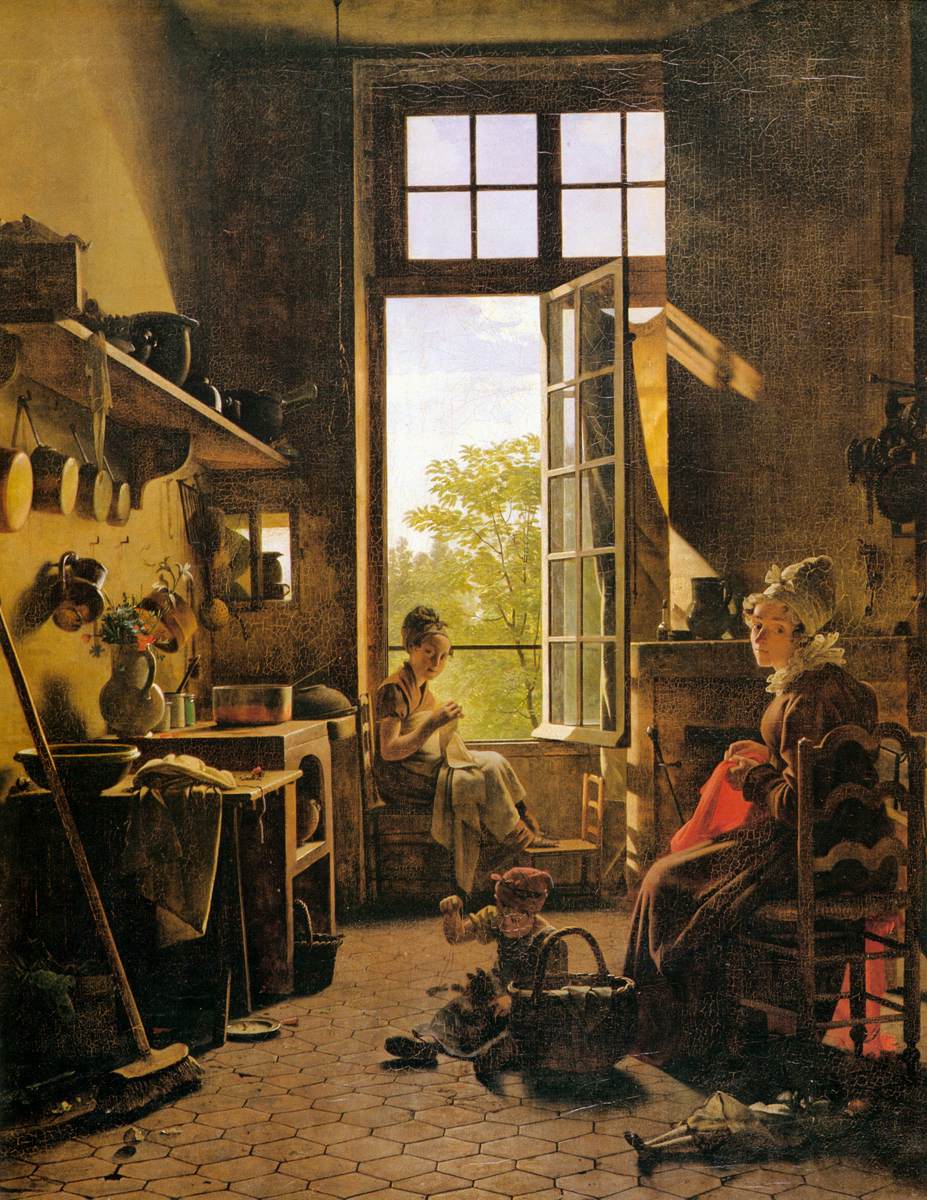Intro
Art has enjoyed a rich history with our species. It has undergone many revolutions and has experienced hundreds of different styles of being expressed. Each culture and area of human civilization has produced its own masterpieces. Naturally, what with color being such an integral part of various sorts of art, there have been thousands of different paint pigments that were used in art.
Some of those pigments are not well known now. Maybe they fell out of fashion or perhaps became too expensive to continue working with. Or maybe they’re still used but in niche fields of art. Whatever the reason for their discontinuation may be they were all beautiful, or at least exotic, forms of color. In this post we will be listing some of those paint pigments and talking a little about their history.
Lapis Lazuli
A beautiful hue of blue the Lapis Lazuli paint pigment was quite popular in Afghanistan around the 6th Century. It was also valued highly by the Indus Valley Civilization. However, it was also way too expensive to acquire and make and started being used for more prestigious people and purposes. This pigment is also popular for being used in the paintings of religious figures; mostly to depict the robes of Jesus Christ and the Virgin Mary. It can still be bought today but for quite a demanding price.
Indian Yellow
This is a special little paint pigment and not just because of its color. It has multiple interesting facts going for it. For one, the vivid yellow it produces is known for glowing under sunlight. Another fun fact is that this particular pigment is actually a mixture of various chemicals rather than being one itself. It has been used in many famous paintings including Van Gogh’s Starry Night. However, it was also known for a foul odor. And when investigated it was discovered that this pigment was acquired by feeding cows mango leaves and letting them urinate on a particular type of sand. The mixture of dried urine and sand was then collected and ground up into this pigment. This investigation, which also revealed that this diet left the cows unhealthy, attributed to the banning of this practice and the pigment in general.
Uranium
Yes, that Uranium. Though it might seem the discovery of Uranium is very recent, as it is mostly known for being used in nuclear bombs, it has in fact been in use for more artistic purposes long before that. Specifically, it was used in pottery and glassware. The craze for Radium extraction from Uranium also left a ton of unused Uranium which was further utilized by the glazing industry. Uranium Glass (pictured above) has the property of glowing slightly in the dark.
Vantablack
Developed by Surrey NanoSystems in the U.K vantablack is to my mind the most interesting pigment on this list. It’s not some old forgotten paint pigment with only traces of it left on ancient pots or paintings. It is in fact a very recent creation and it is “applied” by arranging nanotubes on a surface in a particular way that makes sure they absorb all light hitting that surface, making it so that the light is endlessly deflected among the tubes until it dissipates into heat. This creates a startlingly dark appearance and is actually the darkest man-made substance to date. It is an amazing thing and would have probably been used in great works of art had it not been bought out by one Anish Kapoor. This move has understandably not left many people with a favorable view of the man.
Mummy Brown
A pigment to rival and possibly succeed Indian Yellow in its inception method, Mummy Brown was a paint pigment that was made by grinding up actual mummies from Egyptian tombs. The painting pictured above, Martin Drolling’s Interior of a Kitchen, is one famous work of art that employed extensive use of the pigment. Due to the nature of its origin however, the pigment was very susceptible to cracking. When the demand for this pigment was at its peak there wouldn’t be enough mummies to keep up, leading to substitutions with corpses of slaves and criminals. When the origin of this pigment started gaining popularity the demand fell substantially and the pigment eventually went out of fashion.
Maya Blue
With a bright blue hue the Maya Blue pigment is one that is found on many pots and other works of art from cultures of pre-Columbian Mesoamerica. The Aztecs and the Mayans in particular are well known for their use of this pigment. Maya Blue is also praised for its durability and its time-tested ability to withstand weathering. The pigment first appeared around 800 B.C and is believed to be made by a composition of indigo dyes and palygorskite. The weird thing is that we don’t exactly know how it was made, nor how it can withstand so much. And the fact that palygorskite, a type of natural clay, is not abundantly found in Mesoamerica does not help either.
Conclusion
And that concludes our little look into the fascinating world of art, color, and creative history. Sometimes dark and sometimes outright ingenious, the creation of paint pigments is a surprisingly fun topic to study up on. If you’re curious about other weird happenings and historical accounts, we have got a large selection to read from. For starters, we’d recommend reading about the green children of Woolpit or strange creatures from the ocean’s depths.
